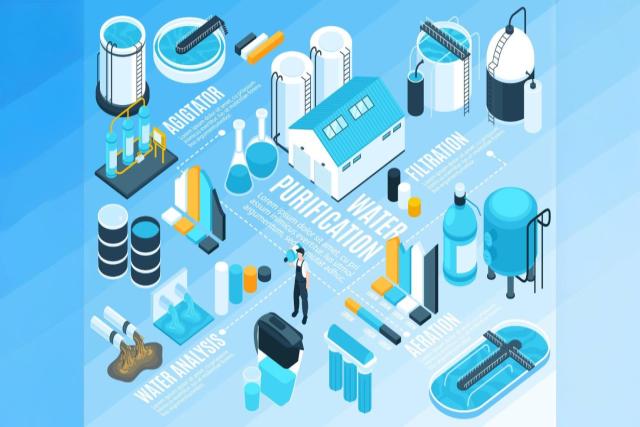
It takes several raw material workflows to get to manufacturing polysilicon. In this article, we look at how polysilicon is made and the Siemens process, FBR technology, and other polysilicon purification techniques. We also talk about how polysilicon production uses energy and the environmental effects of it.
Raw Materials and Initial Processing
MG-Si or metallurgical-grade silicon (or silicon metal) is made from heating quartz (silicon dioxide) with a reactant that has access to carbon sources such as coal, wood, or charcoal in an electric arc furnace. The process extracts silicon dioxide, but the material produced is impure and inappropriate for high-tech applications.
Siemens Process: The Industry Standard
The most common polysilicon production method is called the Siemens process polysilicon method, in which sand-type silicon (Si) is sent to a fluidized bed reactor and reacted with hydrogen chloride to form trichlorosilane (SiHCl3), before being deposited as polysilicon. The chemical vapor deposition (CVD) growth of crystalline silicon solar cell wafers involves the thermal decomposition of trichlorosilane SiHCl3 or silane SiH4 gaseous precursor species deposited onto heated silicon rods within a reactor.
Steps in the Siemens Process:
- Gas Production: In a high temp process, metallurgical-grade silicon reacts with hydrogen chloride to produce trichlorosilane.
- Purity: Stripped of any foreign contaminant in the process, Leave reaching ultra-high levels of purity (over 99.9999%).
- Deposition: The purified trichlorosilane flows into a reactor where it is deposited layer by layer as heated rods initiate the deposition of silicon.
- Harvesting and Processing: When the rods have the correct thickness, they are harvested, crushed, and made ready for wafer production.
The Siemens process is energy-intensive, requiring large amounts of electricity and generating significant heat.
Fluidized Bed Reactor (FBR) Technology: A More Efficient Alternative
The fluidized bed reactor polysilicon process has attempted at reducing energy consumption. While the Siemens process requires rotating rods, FBR technology utilizes a small bed of silicon seed particles that are constantly fluidized by a stream of silane gas. The gas breaks down, and silicon materials deposits on the seed particles, gradually making them bigger.
Advantages of FBR Technology:
- Use Less Energy: Need up to 90% less energy than the Siemen process.
- Production Efficiency: Unlike the batch processes, it can run continuously.
- Reduced Energy Efficiency: Lessens total costs as a result of enhanced energy effectiveness.
Methods of Polysilicon Purification
The polysilicon these US producers plan to extract is highly pure and will be used for semiconductors and solar applications. Alongside chemical vapor deposition, which is applied inside Siemens and FBR methods, manufacturers have several polysilicon purification techniques;
- Directional Solidification: Controls crystallization and hence helps remove impurities
- Zone Refining: apply heating to separate and expel interfering elements.
- The second is the chemical etching which is used to remove surface contaminant layers from the finished polysilicon.
Environmental considerations and energy consumption
Electricity usage for polysilicon manufacturing is a key concern especially as the world transitions to sustainable energy. Siemens process requires energy from 100-200 kWh/kg polysilicon.
Environmental issues include the following:
- High Carbon Footprint: In some regions, traditional polysilicon production depends on fossil-fuel-based energy.
- Toxic Byproducts: The process produces byproducts such as silicon tetrachloride, which must be carefully disposed of to avoid pollution.
- Water and Raw Materials Needs: Production requires a high consumption of water and raw materials.
New Polysilicon Production Techniques
New technology enhances efficiency and sustainability in the polysilicon manufacturing process:
- Silicon waste recycling: Others retread silicon scrap to reduce waste.
- Integrating Renewable Energy-Solar and hydroelectric power are being adopted by more manufacturers.
- Novel Chemical Processes: New methods to lower harmful emissions and purify.
Conclusion
It is a multifaceted process, a necessary step in the solar and semiconductor manufacturing process. Though the Siemens process continued to be the industrial standard, polysilicon technology with fluidized bed reactors was looking to make a name for itself with lower energy requirements. Ongoing innovations in polysilicon purification techniques and sustainability initiatives are positioning the industry for a cleaner, cheaper future.
Sources:
Company: Wacker Chemie AG
Company: REC Silicon
Government Agency: U.S. Department of Energy (DOE)
News Outlet: Solar Power World






